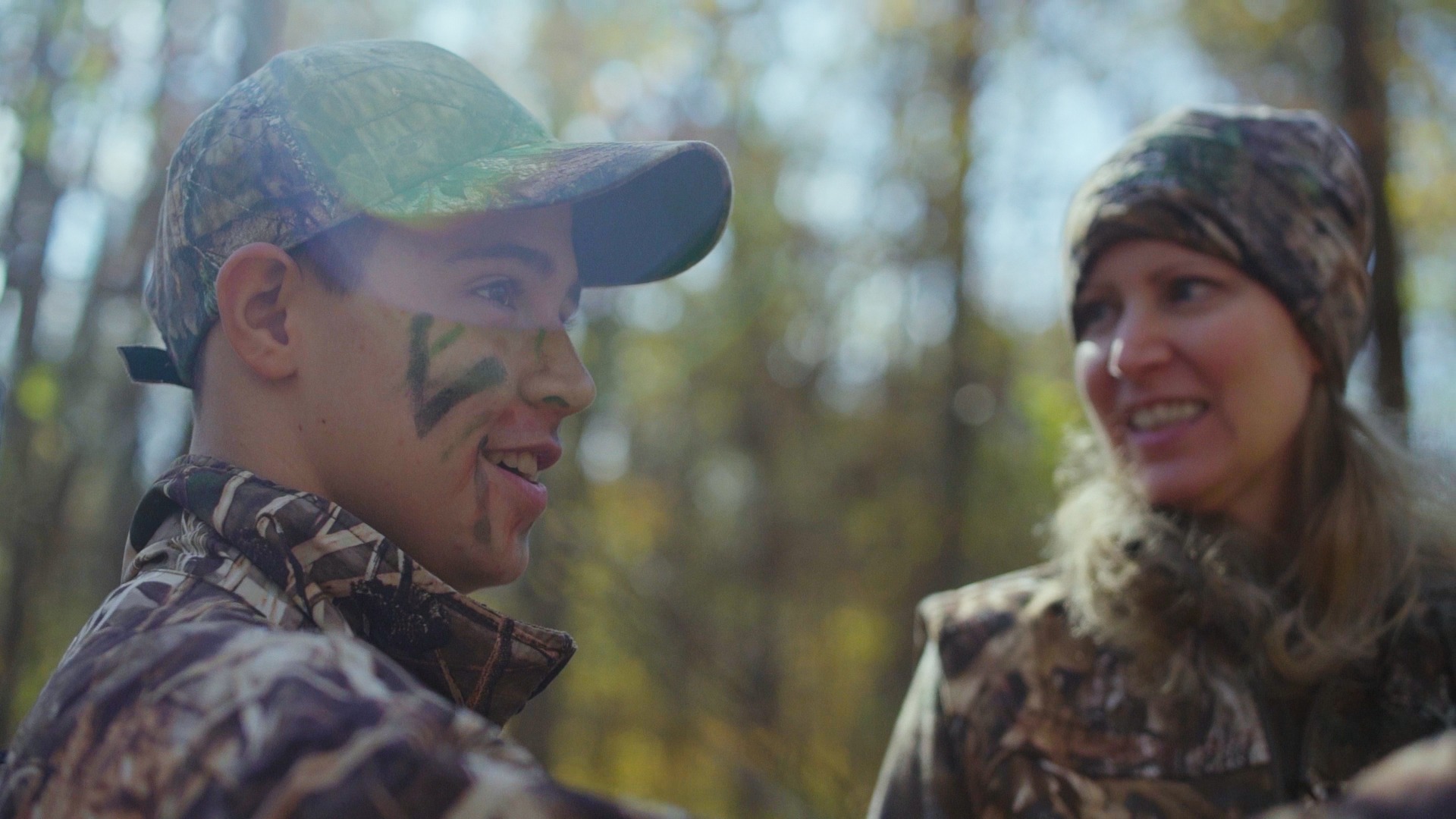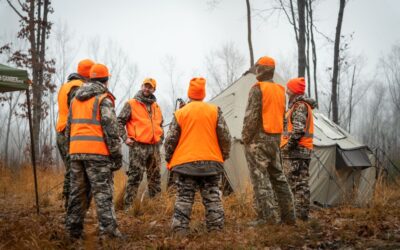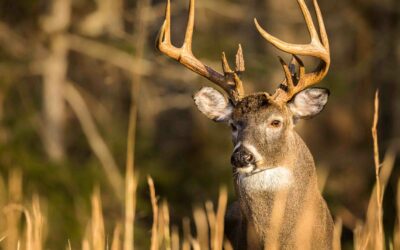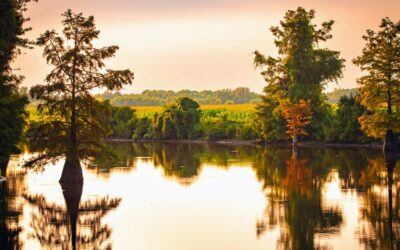Through the Federation’s various educational opportunities from Hunting and Fishing Academy, we have found that access to land is one of the biggest concerns for new hunters.
However, Tennessee is home to an ample amount of public land that can be hunted.
While hunting on public grounds can seem daunting, it offers plenty of opportunities for harvesting game, while also supporting herd health.
“What’s funny is most people believe that there’s not public opportunity near them, but in reality, there’s plenty of it.”
Taylor Martin, Associate Director, Hunting and Fishing Academy
Did you know? There are approximately 175,000 acres of Tennessee Valley Authority (TVA) undeveloped land open to the public for hunting and over 100 wildlife management areas (WMA) and refuges managed by the Tennessee Wildlife Resources Agency (TWRA) also open to the public for various outdoor activities.
With over 1.5 million acres, these WMA’s offer a generous amount of land for deer and other species to thrive on however this does not mean the populations should go unchecked.
The resources in Tennessee like anywhere are finite but through hunting, people can help maintain the population so it never exceeds the overall carrying capacity.
When you manage a population, you create an environment that dissuades competition and promotes the sustainability of the land. That same land also serves as areas of conservation work to be done such as the restoration of fish, wildlife, plant resources, and habitats.
Getting Started with Public Land
In reality, the most intimidating factor is the amount of public land you probably have not explored and you may want to start soon to get the most out of your Tennessee hunting experience.
TVA has an interactive map that shows you where its vast acreage of undeveloped recreational areas is located. Similarly, our friends at TWRA have their own interactive map for hunters to locate the WMAs closest to them.
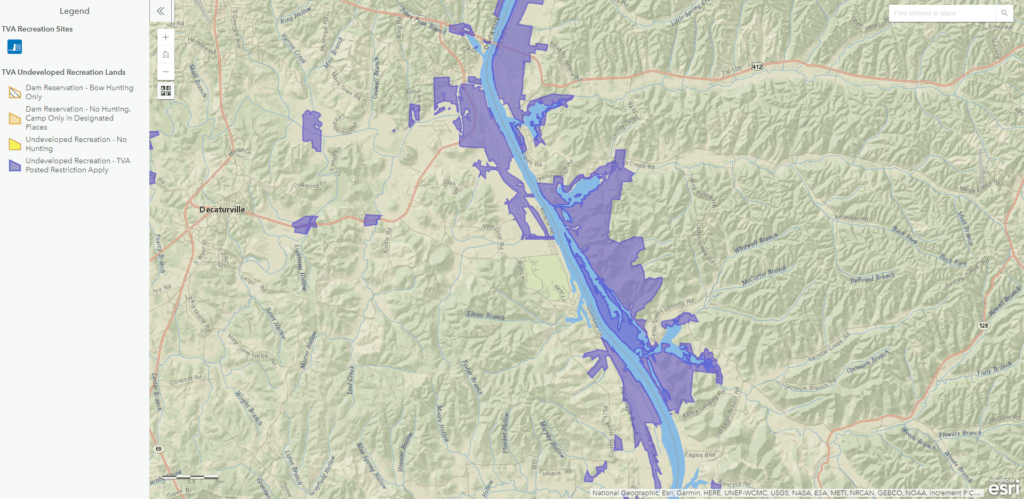
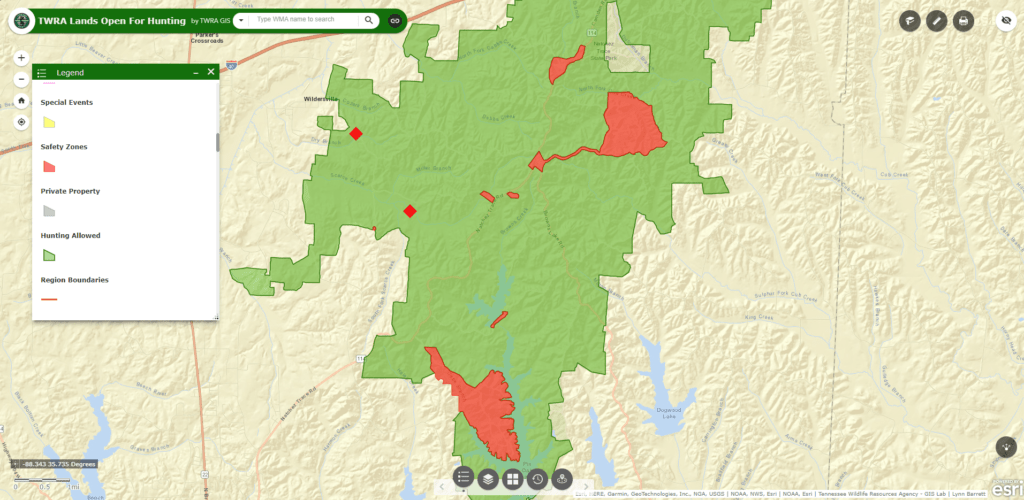
Finding the land to pursue your hunting activities on is pretty simple. But it is difficult to overcome the misconception that public hunting land is not as good as private land. Some people believe it must be overhunted. A good way to see the success rate of a WMA is by examining its harvest report on the Hunters Toolbox, which is a free resource provided by the TWRA.
Others may doubt that public land can support healthy populations. However, while you may not be planting a food plot, these lands are being proactively managed. The unknown can be scary, but a bit of research will inform you whether or not you want to invest your efforts at that location.
Pre-Season Scouting
With TVA land, all that is required is a state hunting license and an understanding of the federal, state, and local laws and regulations that you must follow. When looking to hunt on a WMA, download the hunting guide or use the TWRA interactive map to ensure you have the correct hunting license and are abiding by the proper regulations since all WMAs vary. Those two resources also have the contact information for all WMA managers if you have any questions regarding the regulations for that area, or where the boundaries are and how they are marked. Boundaries between public and private could be marked with signs, flags, or paint dashes on trees, but it is crucial to know that some boundaries may not be marked at all. In Tennessee, a lack of boundary markers does not mean a piece of ground is open for hunting.
It’s important that you understand how a map and compass work before you step out into the woods because vegetation changes from year to year which can be misleading.
Utilizing the topographic version of a map to identify key terrain features will keep you within the proper boundaries on public hunting grounds. While third-party software is great, using a compass to take a bearing before heading off into the woods is a good practice and gives you both confidence and independence. However, if you are looking into third-party software, applications like onX or HuntStand are both solid tools to help you master the lay of the land and locate where property lines exist. While these applications are great because they work well on mobile devices, it is good practice to confirm that the boundaries they mark match what the TVA and TWRA interactive maps show.
You should do this all during pre-season scouting which is another form of research. Scouting is all about getting boots on the ground and looking for those key signs of deer activity like tracks, droppings, rubs, trails, and scrapes.
Once you’ve identified these, setting up trail cameras will enable you to see how wildlife uses and moves through the property and will increase your understanding of the deer herd.
Learn from Federation friend Adrian Wilson about basic scouting guidelines when he sets out on a new piece of public land.
Get Out and Enjoy the Hunt
Since the land is public, you might run into other hunters occasionally. We hear from new hunters that this can be intimidating, or even deter them from hunting public lands. However, the Federation strongly advocates for responsible hunting and that includes respectfully interacting while on public land. So, just recall the golden rule and treat others as you want to be treated.
Remember that no one has ownership of a certain hunting spot on public land.
There is ample ground to hunt. Apply the research you’ve conducted and relocate to a different spot on the land. If you happen to encounter another hunter at a trailhead, talk with them about where they are headed. It may be that the two of you are going to separate places and will not interfere with each other’s hunts. These meetings can really add to the experience. Getting to know fellow sportsmen and women helps us create a stronger community. Rather than a hindrance, meeting others on a hunt is an opportunity to learn, swap stories, and take a moment to appreciate our amazing wild places together.
Whether you are hunting public or private land, nothing is guaranteed. Take a figurative shot, and try a new piece of public land. Time spent in nature is never wasted and with millions of acreage open to the public for hunting, the state has plenty of opportunity for you to venture out on. Check out tnwf.org/academy to learn how Hunting and Fishing Academy’s resources can elevate your next outdoor adventure on public land.
